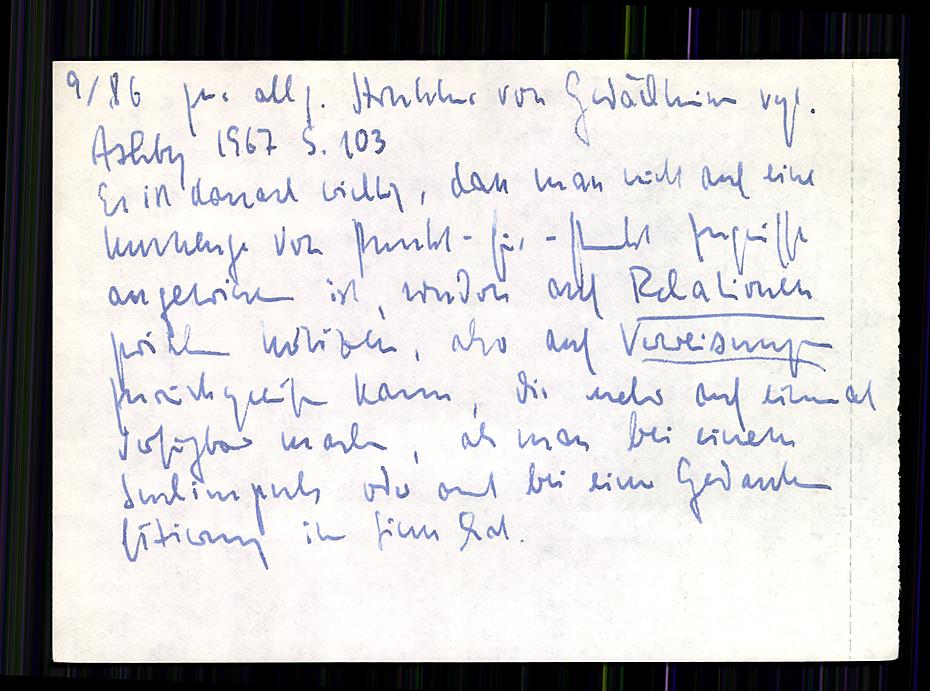Briefing Doc : La Transmission de la Précarité de l'Adolescence à l'Âge Adulte en France
Sources:
"La vie devant soi : adolescence précaire, avenir incertain ? | France Stratégie" (site web et PDF)
"https://www.strategie.gouv.fr/sites/strategie.gouv.fr/files/atoms/files/fs-2024-na142-transmission-pauvrete_22.07.pdf" (PDF)
Thèmes Principaux:
Transmission intergénérationnelle de la pauvreté: L'étude se focalise sur l'impact de la précarité durant l'adolescence sur les parcours de vie et la probabilité de rester pauvre à l'âge adulte.
Précarité à l'adolescence: Un indicateur original, combinant les revenus du ménage et les privations de l'adolescent (vacances, protéines, matériel scolaire), est utilisé pour identifier les "adolescents précaires".
Pauvreté en conditions de vie: L'analyse porte sur la pauvreté en conditions de vie à l'âge adulte, mesurée par l'indicateur français, et sa persistance sur trois années.
Inégalités de genre: L'étude révèle une transmission de la pauvreté plus marquée chez les femmes.
Principales Conclusions:
Risque accru de pauvreté: Les anciens adolescents précaires ont 1,6 fois plus de risque d'être pauvres en conditions de vie à l'âge adulte, même en tenant compte du contexte familial.
Impact sur la scolarité: La précarité à l'adolescence diminue significativement la probabilité d'obtenir un diplôme, augmentant ainsi le risque de pauvreté à l'âge adulte.
Transmission différenciée selon le sexe: Les femmes ayant connu la précarité à l'adolescence sont 1,9 fois plus susceptibles d'être pauvres à l'âge adulte que celles qui ne l'ont pas connue, contre 1,2 fois pour les hommes.
Facteurs explicatifs: Le faible niveau d'éducation, l'origine migratoire et le lieu de résidence à l'adolescence influencent également le risque de pauvreté à l'âge adulte.
Canaux de transmission chez les femmes: Au-delà du diplôme, le risque accru de monoparentalité et l'accès à des emplois modestes contribuent à la transmission de la pauvreté chez les femmes.
Citations Importantes:
"13 % des personnes déclarent avoir connu une situation de précarité à l’adolescence."
"En 2019, parmi les anciens adolescents précaires devenus adultes, presque un sur quatre est pauvre « en conditions de vie »."
"À environnement familial comparable à l’adolescence, le risque de pauvreté reste toujours 1,6 fois plus élevé."
"Une femme ayant connu la précarité à l’adolescence a ainsi 1,9 fois plus de risque d’être pauvre en conditions de vie à l’âge adulte qu’une femme n’ayant pas connu cette situation."
"Les sorties sans diplôme sont, à environnement familial comparable à l'adolescence, un peu plus de 1,5 fois plus fréquente pour les anciens adolescents précaires."
Implications et Pistes de Réflexion:
Importance des politiques de lutte contre la pauvreté infantile: L'étude souligne la nécessité de politiques ciblant la précarité dès l'enfance pour briser le cycle de la pauvreté.
Investissement dans l'éducation: Améliorer l'accès à une éducation de qualité pour tous, en particulier pour les enfants issus de milieux défavorisés, est crucial pour réduire les inégalités.
Prise en compte des inégalités de genre: Les politiques de lutte contre la pauvreté doivent tenir compte des spécificités de la transmission de la pauvreté chez les femmes, en s'attaquant aux obstacles à l'emploi et en soutenant les familles monoparentales.
Approfondissement de la recherche: Des études complémentaires sont nécessaires pour explorer les mécanismes de transmission de la pauvreté, notamment en analysant l'impact des facteurs territoriaux et des situations sur le marché du travail.
Conclusion:
L'étude de France Stratégie met en évidence l'impact durable de la précarité durant l'adolescence sur les parcours de vie et la transmission de la pauvreté en France. Elle souligne l'urgence d'interventions ciblées pour briser ce cycle et garantir l'égalité des chances pour tous, en accordant une attention particulière aux inégalités de genre.


